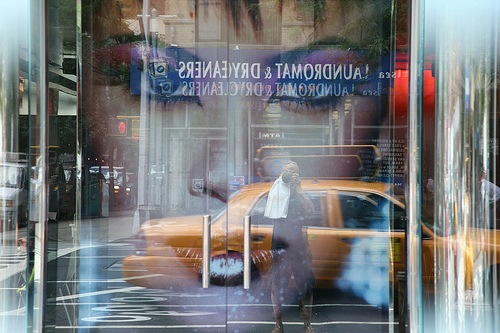When to use manual focus
The autofocus systems in modern cameras can usually focus a lot faster than we can focus the camera / lens manually. But there are some situations where using manual focus may be preferable. In this article we'll look at some examples of where using manual focus can give better results than autofocus. (Tips on the actual process of focusing manually will be covered in a separate upcoming article).
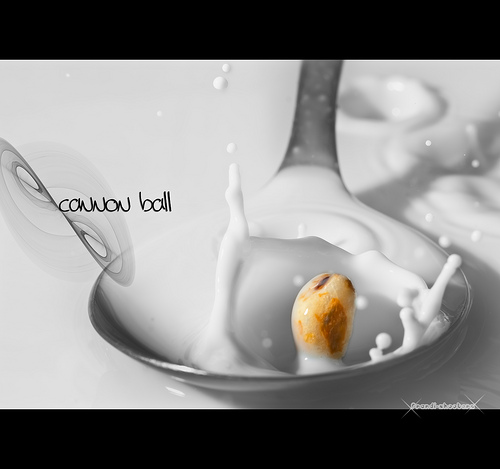
cannon ball by fRandi-Shooters on flickr (licensed CC-BY)
The most obvious situation when you'd want to use manual focus is when autofocus isn't working. When the camera can't autofocus correctly, or is finding it difficult to autofocus, you'll often find that the autofocus will 'hunt'. This is where the focus is racked back and forth between infinity and the closest focus of the camera, in an effort by the camera to try and find the point where the subject is in focus.
Most cameras will flash the active focus area in the viewfinder or on the LCD and beep when focus has been successfully achieved. If your camera is having trouble autofocusing, then switching to manual focusing would be advisable.
Macro photography
With macro photography, you are usually very close to your subject, and this can make it difficult for the camera to autofocus accurately. Furthermore, if you are shooting through grass or leaves, it can be difficult to get the camera to focus on your subject, and not the grass in the foreground.
Another problem with autofocus in macro photography is when you are shooting handheld. Even when you try to hold the camera steady, you will likely be making small movements back and forth. In normal photography this wouldn't matter, but in macro photography the depth of field is so shallow that just a small movement of the camera can be enough to put a subject out of focus.
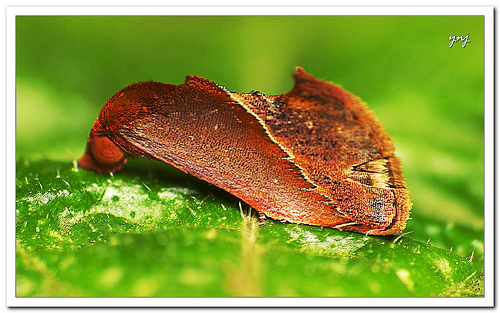
Insect or Dry Leaf (Explored) by Yogendra174 on flickr (licensed CC-BY)
So manual focus is often preferred for macro photography. Just focus manually and then snap the shot just as the subject comes into focus.
Low light
The latest high end DSLRs can autofocus in very low light. But most cameras (including many consumer and prosumer DSLRs) can still find it difficult to autofocus in low light.
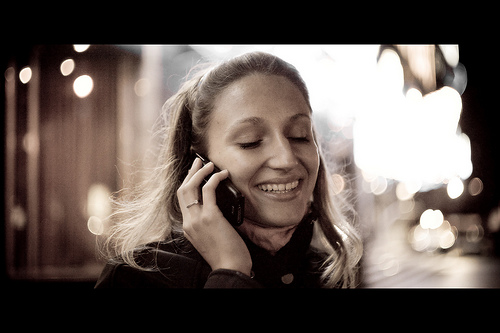
Ring-ring by prosto photos on flickr (licensed CC-BY-SA)
Manual focusing can be quite tricky in low light as well, no doubt. But often you can do a better job using manual focus in very low light than the camera's autofocus system can.
Shooting through a fence
Shooting through a fence, net, grass, or anything else that gets between you and the subject can cause difficulties with autofocus. Often the camera will autofocus on the fence or whatever it is that is between you and the subject, instead of the subject itself.
If you are shooting through glass, sometimes the camera will focus on a reflection in the glass. (Tip: use a polarizing filter to reduce reflections). Or if the glass is dirty, the camera may focus on the surface of the glass itself. Using manual focus to make sure that the focus is placed on the subject can be a good idea in these sort of situations.
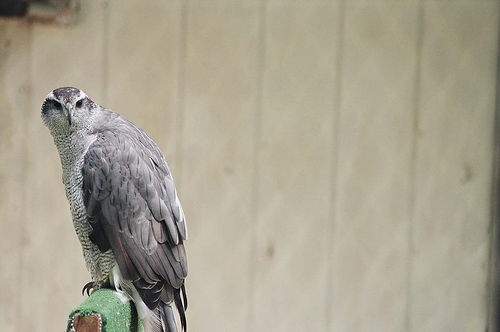
Falcon by Ethan Woods on flickr (licensed CC-BY-ND)
Photographing a reflection
While sometimes the camera may focus on a reflection when you don't want it to, other times you may want to capture a reflection, but the camera won't focus on it. Really it depends on how strong the reflection is and how much contrast it has as to whether the camera's autofocus is likely to pick up on it. If the autofocus won't pick up on the reflection, then use manual focus.
Panoramas
A panorama is where you take multiple shots with an overlap, and then the images can be stitched together into a single image in photo editing software.

mountain Panorama by Essa Al-Sheikh - @Bo3awas on flickr (licensed CC-BY)
Panoramas don't necessarily need manual focus, but they do need focus to be locked between each shot. If the focus distance changed between shots, then the shots wouldn't match up and blend together properly.
With many cameras, you can use Auto Exposure and Autofocus lock when you take the first image of the panorama, to ensure that the exposure and focus stay the same for subsequent images. Or you can switch the camera to manual exposure and manual focus mode to prevent the exposure and focus changing.
My preferred method is to put the camera in manual exposure mode and focus using autofocus. Take a test shot and make sure the focus and exposure are okay. Then switch the focus to manual focus (so that the focus won't change from where it is currently set). Then take the photos for the panorama.
Bokeh and OOF photos
Sometimes you purposefully want your photo to be out of focus. You could autofocus on something that is much further away or much nearer than your subject, lock the focus, then take the photo of your subject. But it is much easier to just use manual focus. This gives you more control over how out of focus your subject is.
A common out of focus photo subject is lights bokeh. Bokeh is a Japanese word that refers to how the out of focus areas of an image are rendered. Out of focus lights (or reflective highlights) can form very nice abstract circles or light and color.
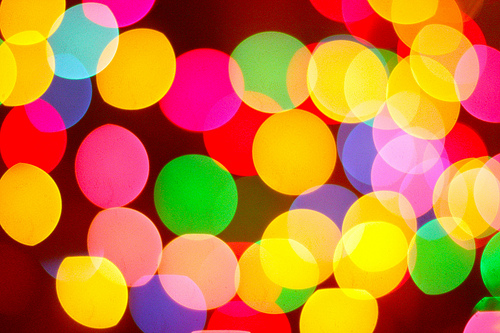
Christmas #27 by kevin dooley on flickr (licensed CC-BY)
Using a custom aperture can result in photos where the out of focus highlights have the same shape as the custom aperture. (Instead of a circle).
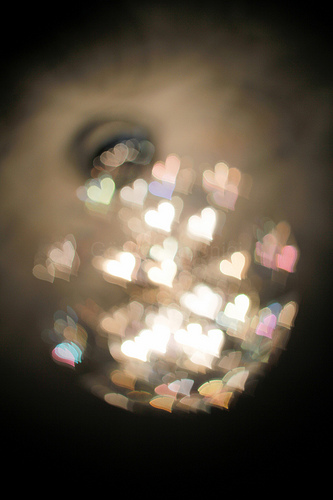
Heart lights by gizzaa on flickr (licensed CC-BY-ND)
Another example of where you might want to put your subject out of focus is for some abstract photography. You can see an example in this article on Abstract flower photography tips.
Using manual focus lenses
Virtually all digital cameras (rangefinders excepted) have some form of autofocus ability. But if you have an interchangeable lens camera, be aware that not all lenses have autofocus available. Examples of lenses without autofocus are:
- Some specialist lenses, e.g. Canon's MP-E macro lens have no focusing at all.
- Nikon mount lenses that don't have a built-in autofocus motor won't autofocus on their lower end DSLR models.
- Some specialist manufacturers, e.g. Carl Zeiss and Voigtländer specialize in producing manual focus lenses. (Though Carl Zeiss has recently started producing some autofocus lenses, and Sony licences the Carl Zeiss name for some of their autofocus lenses).
- If you want to use older lenses on your camera via an adapter, often there will be no autofocus ability.
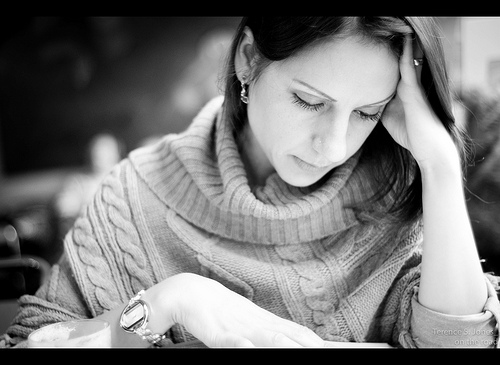
december thoughts by Terence S. Jones on flickr (licensed CC-BY)
If you have a lens that can't be used with autofocus, then you have no choice other than to use manual focus.
Although autofocus is convenient, and you will probably want to use it 99% of the time, there are some situations when manual focus will work better. In the next article we'll look in more detail at how best to use manual focus to make sure the focus is where you want it.
